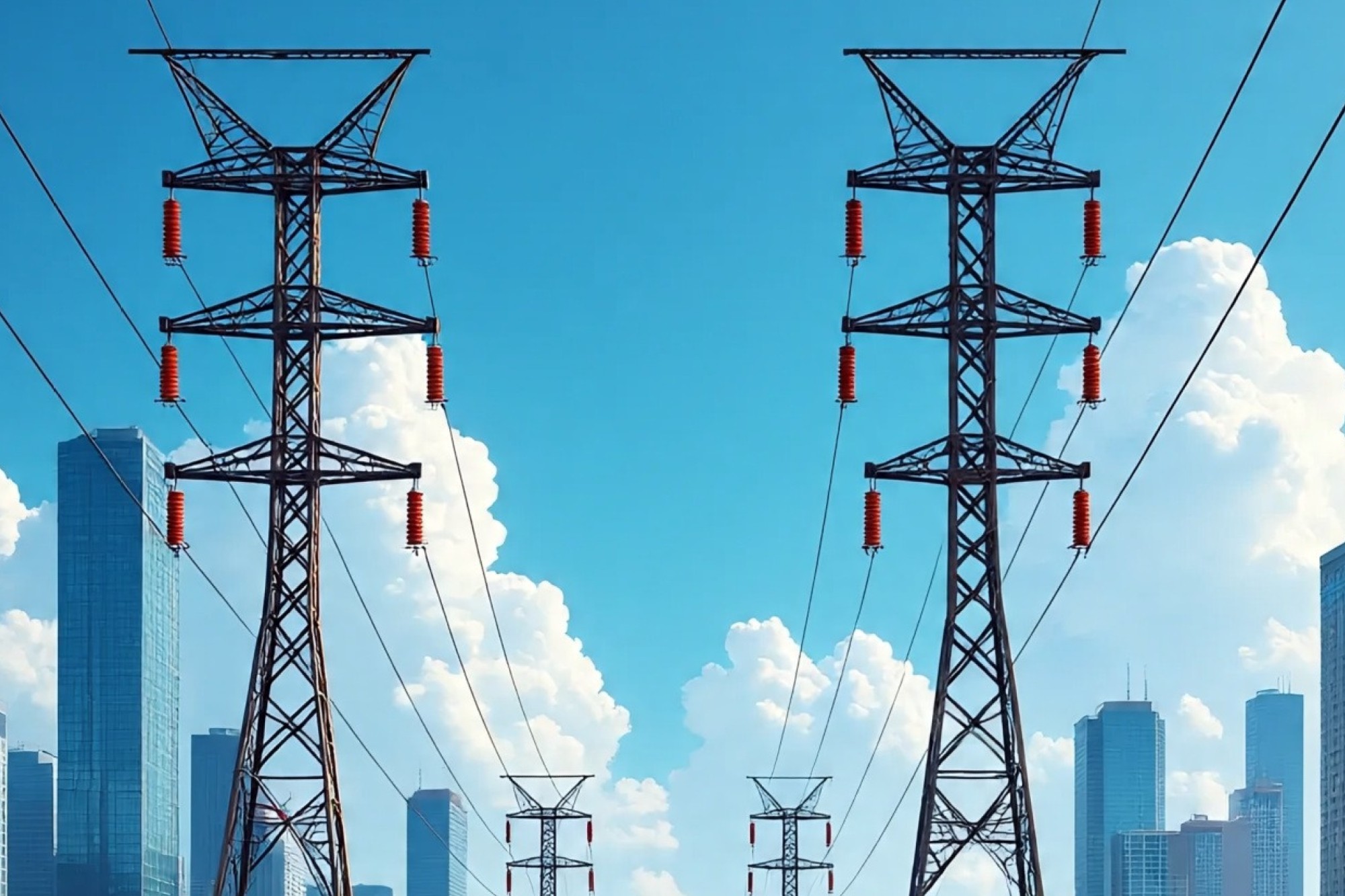Digital-ready T&D sector for India’s next-gen energy
By Staff Report August 8, 2025 6:34 pm IST
By Staff Report August 8, 2025 6:34 pm IST

RDSS, STELLAR and Energy Stack are being rolled out to prepare indigenous infrastructure for better utilisation and growth.
The energy sector in India is rapidly evolving into a digitally empowered ecosystem marked by a series of strong developments in both infrastructure and policy. A major milestone was achieved in June 2025, when India met its target of 50 per cent non-fossil fuel-based installed generation capacity under its Nationally Determined Contributions (NDCs) to the Paris Agreement, five years ahead of schedule. Renewable energy (including large hydropower) reached an impressive figure of 234 GW installed capacity (as on June 30, 2025) and has become a key force that promotes clean energy transition in the country.
Economic growth and electrification
Economic growth and electrification have spurred demand, with peak power expected to reach 277 GW in 2025. On June 9, 2025, India reached a daily peak of 241 GW, with zero shortage, which demonstrates the robustness of its supply infrastructure and operational readiness. Unseasonal rains and unpredictable weather make it harder to forecast energy demand and schedule renewable energy (RE) generation efficiently and accurately. To manage this, the Central Electricity Authority (CEA) issued guidelines in July 2025 requiring solar and wind plants over 50 MW to install Automatic Weather Stations (AWS). These stations can be configured to send data every 15 minutes and/or every minute during extreme weather to grid operators and load dispatch centres. This will enhance RE forecasting, improve grid reliability, and facilitate better coordination with Renewable Energy Management Centres (REMCs). This in turn will support the integration of renewables through the Green Energy Corridor.
STELLER for Discoms
Utilities are adopting data-driven methods that utilise machine learning and artificial intelligence techniques, extending from planning to operations. The State-of-the-art, totally indigenously developed Resource Adequacy Model (STELLAR) platform, developed by the Central Electricity Authority (CEA), is a fully indigenous software tool being distributed free of cost to all state DISCOMs. It is designed to support critical functions, such as resource adequacy assessment, generation, transmission, and storage expansion planning, as well as what-if analysis. With STELLAR, utilities can conduct long-term system studies and simulations that enable them to make better investment-related decisions, optimise infrastructure planning and ensure grid reliability. As a strategic digital asset, STELLAR empowers DISCOMs to proactively manage future energy demands and integrate renewable energy sources effectively and efficiently.
RDSS modernising distribution infra
The revamped Distribution Sector Scheme (RDSS), launched in 2021, focuses on modernising the distribution infrastructure. Key initiatives of the scheme include widespread deployment of smart meters, GIS-based asset mapping and the implementation of Distribution Management Systems (DMS). These technologies enhance operational efficiency, improving fault detection that enables real-time monitoring and control. DMS, which is built upon traditional SCADA systems, lays the foundation for Advanced Distribution Management Systems (ADMS). ADMS integration facilitates automated fault location, service restoration, and voltage optimisation. It is essential for unlocking the full potential of digital grid technologies and achieving seamless grid operations in a secure and scalable way.
Energy Stack is a game changer
The Ministry of Power (MoP) announced the India Energy Stack (IES) on June 28, 2025, a major digital initiative introducing a Digital Public Infrastructure (DPI). IES is a standardised, modular, secure and interoperable framework for seamless energy and financial transactions among DISCOMs, system operators, aggregators and consumers. It includes unique IDs, open APIs and data-sharing platforms along with tools to support real-time grid operations. Core feature of the system is the Utility Intelligence Platform (UIP) that is planned as part of a 12-month PoC, which enables use-cases like P2P trading, RE aggregation, Demand Response, VPPs and V2G.IES complements the United Energy Interface (UEI), leveraging the indigenous Beckn protocol to enable seamless interoperability across diverse energy applications. This protocol already supports peer-to-peer energy trading pilots in India and internationally, highlighting its potential for global scalability and lasting impact.
Henceforth, we can say that the digital transformation in the Indian energy sector is not just modernising infrastructure; it is laying the foundation for a smarter, cleaner and more resilient power system that can meet the demands of tomorrow with innovation, efficiency and sustainable practices.
****************************
Authored by:
Shashank Vyas
PhD – Senior Consultant, Energy Transition Practice, Infosys Limited.
Inbu Raha EK
Principal Consultant, Domain Consulting Group (Energy & Utilities), Infosys Limited.
We use cookies to personalize your experience. By continuing to visit this website you agree to our Terms & Conditions, Privacy Policy and Cookie Policy.